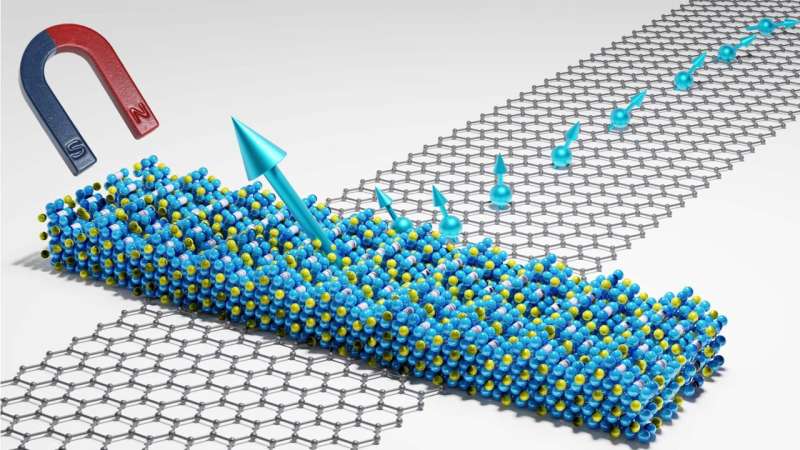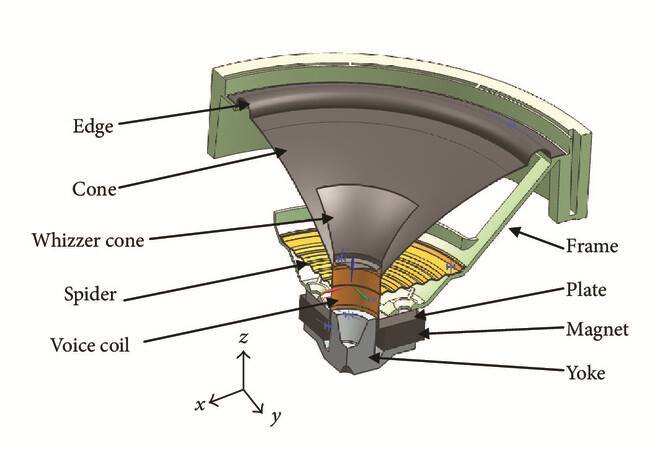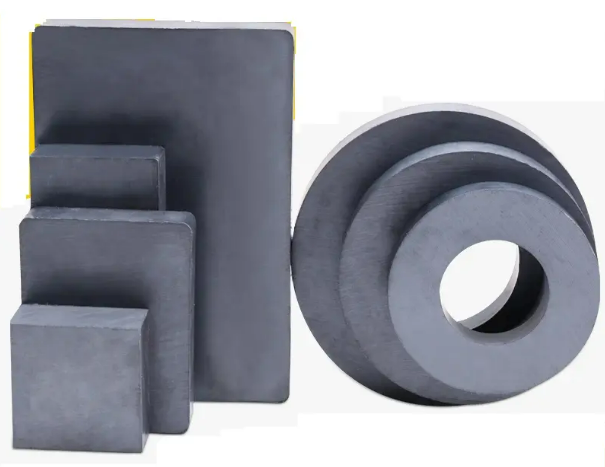How Are Ferrite Magnets Made?
Ferrite magnet, also know as a ceramic magnet, is a kind of permanent magnet. Compared with other permanent magnets, ferrite magnets are hard and brittle and have lower magnetic energy. But it is not easy to demagnetize, not easy to be corroded, and low in price. Therefore, ferrite magnets are widely used in industrial production. But how are ferrite magnets made? In this article, we'll try to find the answer to this question.
 How Are Ferrite Magnets Made?
How Are Ferrite Magnets Made?
In fact, the process of manufacturing ferrite magnets is not as expensive or complicated compared to the process of manufacturing rare earth neodymium magnets. Here, we will explain its production process in an easy-to-understand way.
Before diving into our article, let's figure out the ingredients of ferrite magnets first.
The chemical compound of ferrite magnets is Sro-6 (Fe2O3), which a combination of strontium carbonate and iron oxide. Due to their chemical composition, they are extremely resistant to demagnetization through heat and corrosion, although they are very hard and brittle like neodymium magnets. Therefore, most ferrite magnets are provided in basic shapes, such as square or rectangular tiles, cylinders, and rings. After the production process, the cost of machining ferrite magnets is very high and diamond-coated machining tools are also required.
Without further ado, let's take a look at the steps of manufacturing ferrite magnets.
Step 1.
The production of ferrite magnets begins with calcining a fine powder mixture of iron oxide and strontium carbonate to produce metallic oxide materials. In some grades, to improve magnetic properties, other chemicals (such as cobalt and lanthanum) are added. Once cooled, the already fine powder is then ground several times so that the calcined material becomes fine particles smaller than 2 microns, so that each particle consists of one single magnetic domain.
Step 2.
After that, the powder is pressed and compacted into a die and sintered. If the shaping and pressing process is performed within an externally applied magnetic field, the particles forming the magnet will be aligned and the resulting magnet will be anisotropic. In order to achieve this, it is first necessary to mix the particles with water to form a slurry. Otherwise, if the powder is dry-pressed and not in an externally applied magnetic field, the magnet will be isotropic and the magnetic properties will be weak.
Step 3.
Once pressed, the compacted particles are then sintered at very high temperatures to fuse the particles and make a magnet and then magnetized to saturation. Ferrite magnets are easily magnetized and do not require a large external magnetization field.
Step 4.
Finally, if the ferrite magnet needs machining, it will be machined with diamond-coated machining tools, and then coated or plated with the selected coating.
Conclusion
Thank you for reading our article and we hope it can help you to have a better understanding of how are ferrite magnets made. If you want to know more about ferrite magnets, we would like to advise you to visit Stanford Magnets for more information.
As a leading magnet supplier across the world, Stanford Magnets has been involved in R&D, manufacturing, and sales of magnets since the 1990s. It provides customers with high-quality permanent magnets like neodymium magnets, SmCo magnets, AlNiCo magnets, and ferrite magnets (ceramic magnets) at a very competitive price.















